
Embracing Evolution
From signal to structure —
Get complete visibility of your Inbound Supply Chain from emails
EPOCH by Holocene delivers PO-level truth - no supplier portals, no EDI. Go-live in days.
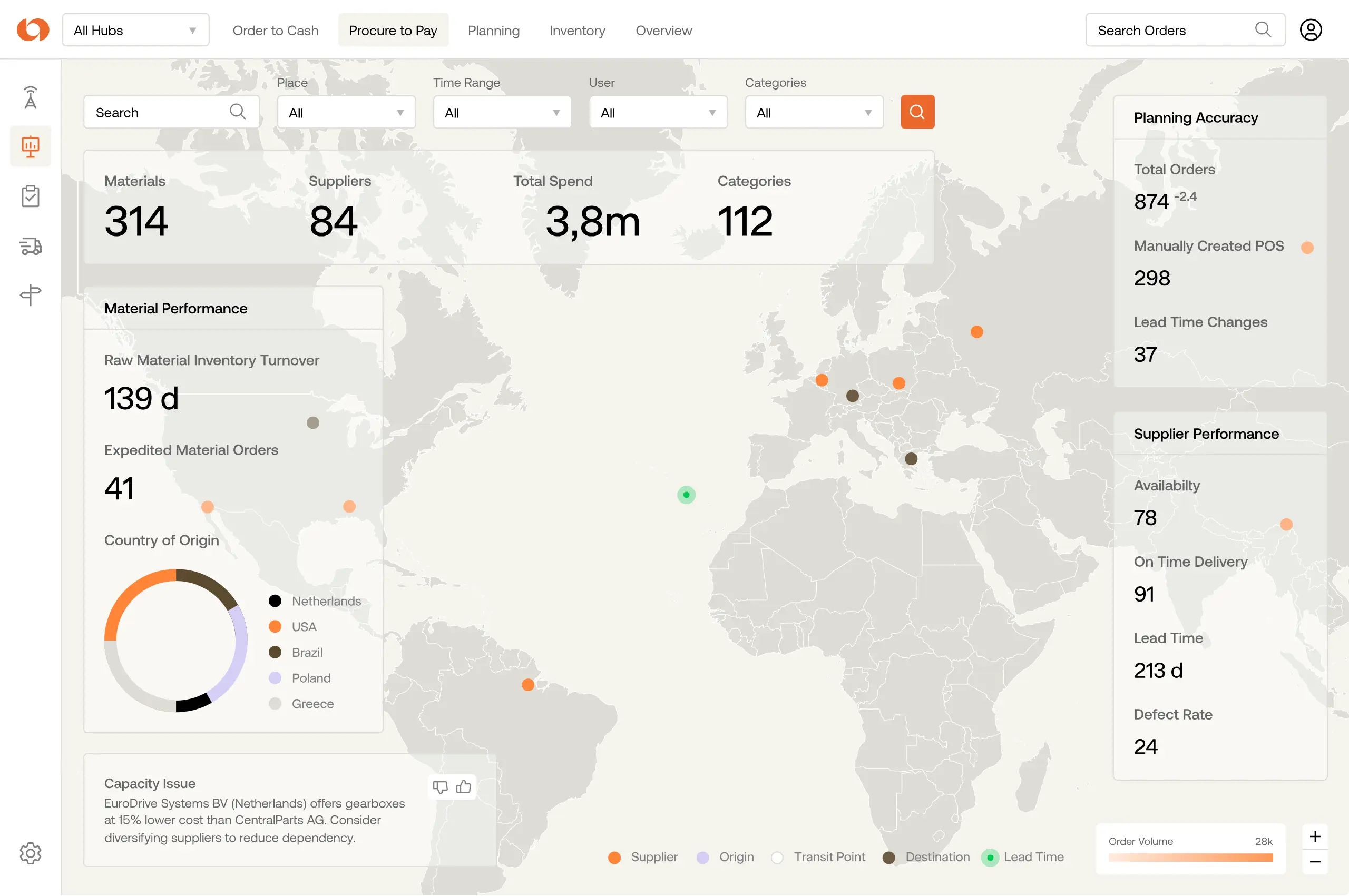

Trusted by teams turning complexity into clarity.
















Supply Planning
PO-level truth without supplier portals
Your MRP is only as good as the data it sees. Holocene turns live supplier + forwarder emails into clean confirmations and lead-time truths, then feeds them back—so the next plan is right and the next PO drops on time.


Empower your supply planners
<48h PO confirmations — no integrations needed
AI agents read signals from systems, emails, and timelines to flag issues fast.

30-50% fewer expedites
early risk flags at PO level
Your suppliers don’t need to log in. Holocene works around them, not through them.
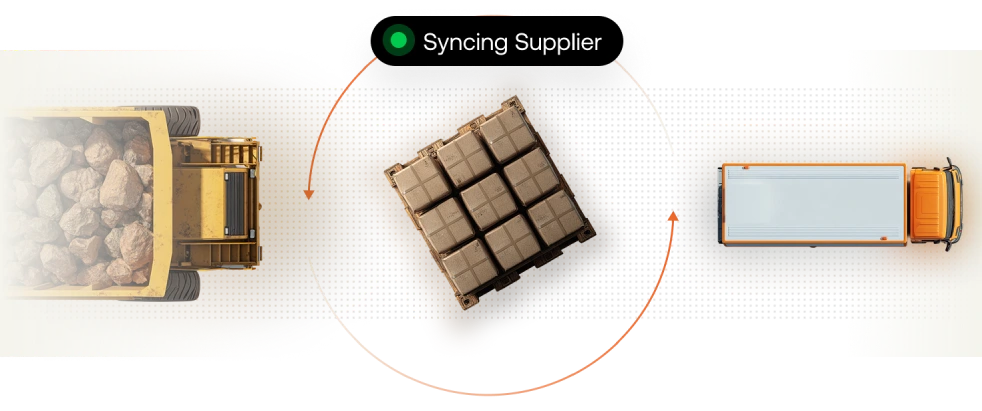
Fix issues before they escalate
Built-in logic prioritizes and routes action where it matters most.

Do the work you actually do - faster
Validate, chase , reconcile and search Materials

Inbound transport,
that runs itself
Inbound logistics teams can rely on Holocene’s AI agents to automate updates, manage shipments, and forecast warehouse loads — without needing manual tracking or forwarder portals.


Empower your inbound logistics
Auto-capture forwarder emails
Sophisticated AI agents read signals and track exceptions before they cause disruption.
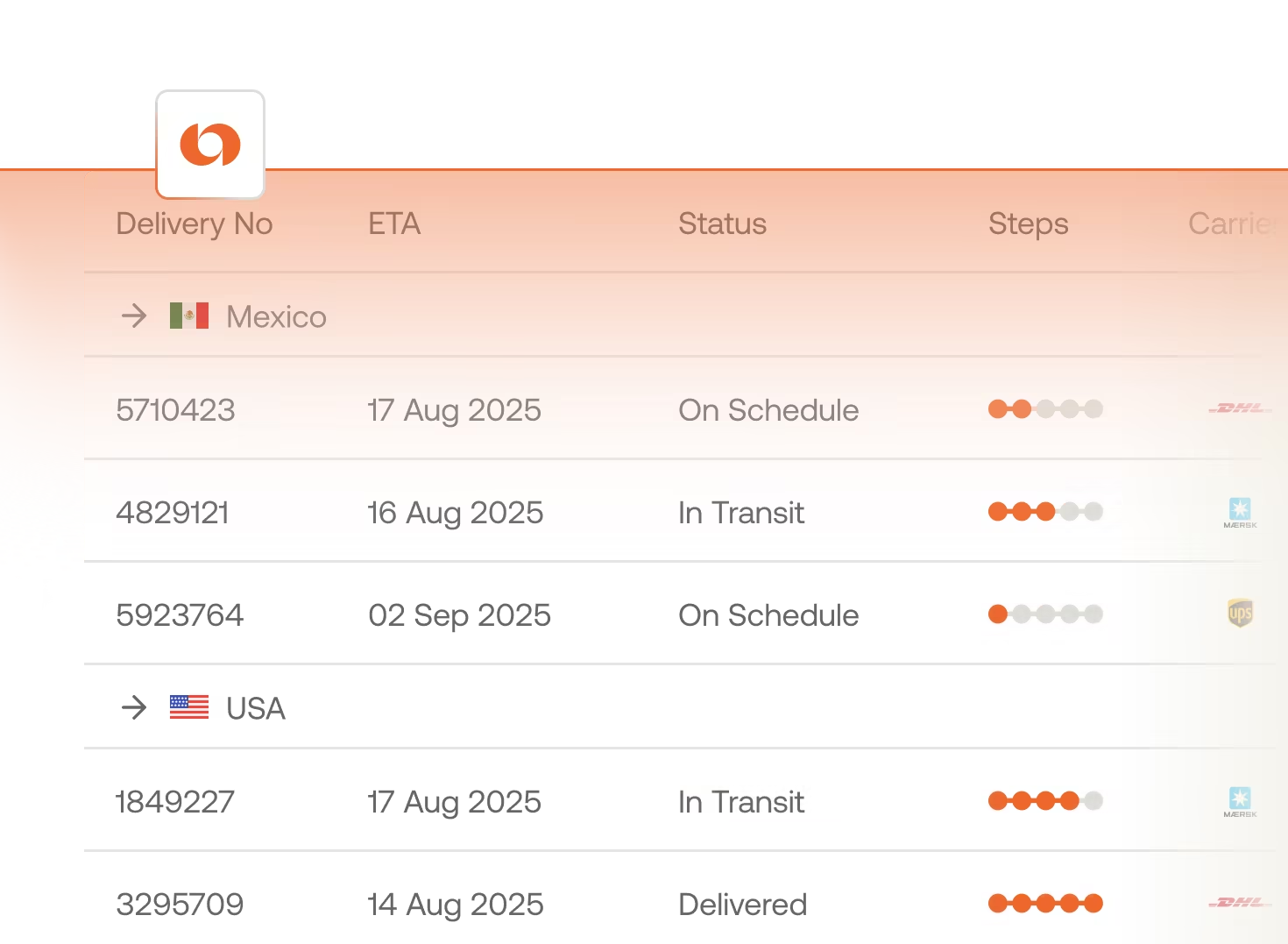
Check Documentation for Customs
Actions trigger based on pickup notices — not human handoffs.

Heal transit deviations before they mislead
Batch and volume forecasts help labor teams plan by the day.


Forecast daily dock load
AI agents flag and correct lead-time shifts for more stable planning.


Our Impact
AI thats proven in real world at scale
Holocene delivers measurable impact — not by adding more tools, but by fixing what breaks between them.
€900+Million
Raw Material POs moved monthly
35+Countries
With active customer plans
0Min
Trading partner onboarding time
Three solutions. One way forward.
As a Holocene partner, you are investing in a platform that grows with you. Our roadmap extends today's execution control into tomorrow's strategic planning and risk management
EPOCH
Master your daily execution. Solve 90% of your inbound challenges—from supplier follow-ups to shipment tracking—with our proven orchestration engine.
- No supplier logins or integration overhead
- AI agents automate reminders, validations, and delivery checks
- Catch delays and mismatches before they create disruption
- Reduce admin load without adding new systems


ERA
ERA will help supply chain teams make mid-term plans that hold — even when things shift — by aligning real constraints, forecasts, and operational logic.
- Balance supply and demand faster
- Keep decisions connected across teams
- Catch delays and mismatches before they create disruption
- Prepare for more than one scenario


EON
EON will give leadership visibility into long-term risks and dependencies — helping them guide strategy before small issues grow into larger ones.
- Balance supply and demand faster
- Keep decisions connected across teams
- Catch delays and mismatches before they create disruption
- Prepare for more than one scenario



Designed for LeadersWho Can't Afford Surprises
Impact in 2 weeks.
A platform that works, no need for your external partners to use it - it’s clarity for you
Connect without disruption¹
Holocene works with your current systems — no supplier onboarding, no integrations that drag.
Configure with purpose ²
We align the platform to your workflows using proven logic, templates, and real-world data patterns.
Launch with support ³
Our team guides your rollout from pilot to scale — with fast results and no mess.
Blog
Built for clarity & simplicity

Cost Optimisation
Avoid Stockouts and Overstock with Smarter Raw Material Inventory Controls
Avoid costly stockouts and overstocks with smarter raw material inventory controls that improve planning, reduce waste, and boost efficiency.
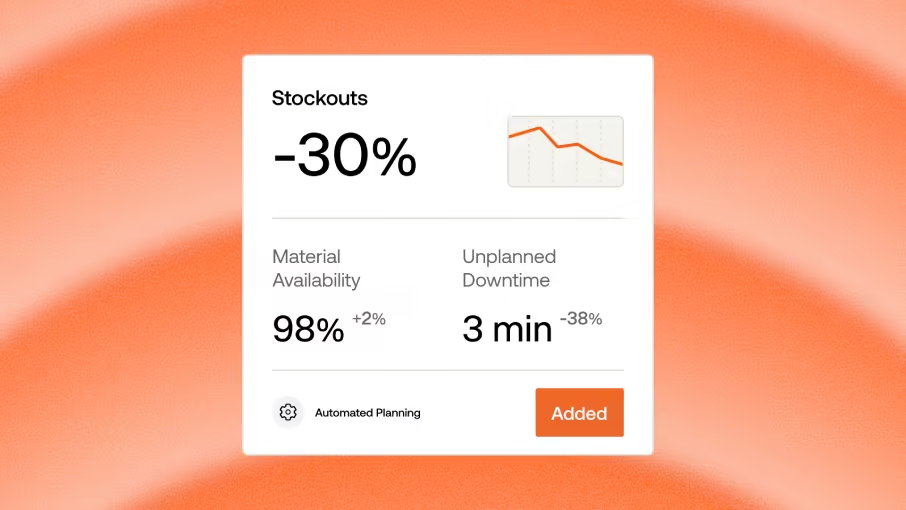
Supply Chain
Why Proactive Planning Beats Reactive Firefighting in Manufacturing
Proactive planning and supply chain orchestration help manufacturers avoid disruptions, reduce costs, and stay ahead of demand surprises.

Supply Chain
How to Assess the ROI of Supply Chain Visibility Investments
Learn how to assess ROI for supply chain visibility investments, optimize returns, and make smarter, data-driven decisions for long-term success.

Supply Chain
How to Measure Supply Chain Performance with Visibility Metrics
Optimize supply chain performance with visibility metrics. Discover how real-time tracking and predictive insights drive efficiency and customer satisfaction.
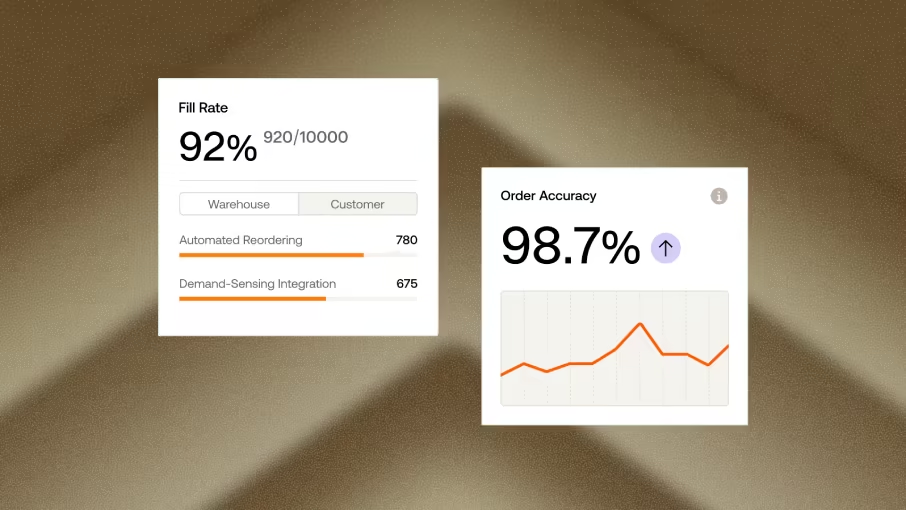
Answers with structure
Automation
We use RPAs and EDI, so all of our logistics operations are automated. Why should I use Holocene?
If you're using RPA, we assume that some information flows via PDFs. Our machine learning modules, particularly focused on international shipping, can enhance the quality of incoming data fed to RPAs, especially structured data. For unstructured information flows, such as emails, our tool provides deeper insights into bottlenecks and efficiency losses. We uncover insights and add value by addressing these non-value-added tasks that consume your team's time.
How will Holocene help me if I already use SAP and GTS?
Traditional ERP systems are effective for record keeping but often slow down time-to-market with each customisation, regional requirements and rely heavily on the knowledge of a few key colleagues familiar with specific trade lanes. Holocene, on the other hand, enhances process transparency, communication visibility, and supply chain data governance—areas that typical ERP systems do not adequately address.
Our entire warehousing and logistics is outsourced to 3PLs, how can Holocene help?
In outsourced operations, there's often a decrease in supply chain data and governance. Our tool helps you retain ownership of supply chain data, unlocking efficiency opportunities while ensuring accountability in third-party logistics (3PL) operations.
Onboarding
Will my suppliers, customers, and freight forwarders need to be on the platform?
No it is not required.
We are in contact with all our suppliers via EDI, is Holocene still necessary?
Yes, onboarding each supplier can take time due to EDI, which restricts your purchasing agility. Additionally, for international orders, compliance requires more than just invoices and packing lists, which EDIs do not support. Holocene can enhance agility in these areas.
I am using Track & Trace tools. Will Holocene still help?
Yes, If you use multiple Logistics Providers and struggle to get visiblity on Materials from Suppliers than Tracking numbers, we can help you!
Pricing
We have different warehousing & manufacturing locations. Can we manage that on Holocene?
Yes, the tool can be seamlessly configured to fit your specific supply chain network.
What is the RoI on the Tool?
We begin by thoroughly understanding the process bottlenecks and how our tool can address them. Based on this understanding, we develop a detailed case study outlining the potential impact of our tool on your operations.
Do I need a Transport Management System (TMS)? Are you a TMS?
No, we are not a Transportation Management System (TMS). If you are looking to optimize fleet utilization and last-mile delivery, a TMS might be the right tool for you. While Holocene has some overlapping capabilities with a TMS, it primarily focuses on process transparency, communication visibility, and supply chain data governance, which are areas that typical TMS solutions do not cover.

Book a demo
See how straightforward supply chain orchestration can be.